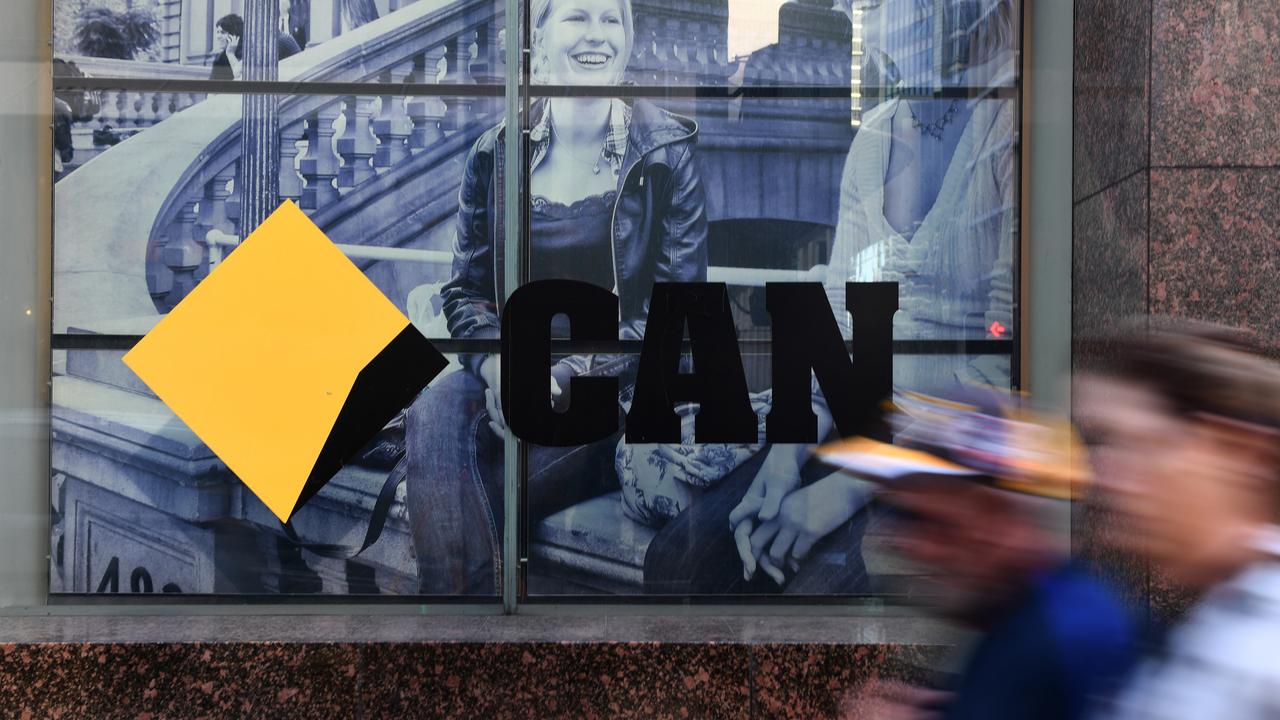ANZ reveals a $3.55bn interim cash profit and plans for a $2bn share buyback
ANZ chief Shayne Elliott has revealed a $2bn share buyback for the bank despite the economic stresses and the challenge rising house prices present the bank.

Business
Don't miss out on the headlines from Business. Followed categories will be added to My News.
ANZ Bank chief executive Shayne Elliott says Australia’s economy may have passed the worst of its challenges while avoiding a hard landing.
Despite “very real stresses in the economy”, including inflationary pressures from fiscal policy, Mr Elliott said he expected only gradual rises in unemployment and customer hardship levels.
His comments came as the bank revealed a slide in interim cash profit to $3.55bn and moves to hand investors a $2bn share buyback.
Mr Elliott said he was seeing customers paying more tax, higher rents, and face costlier living expenses.
But he said the Australian economy could cushion any worsening in the outlook.
“If it gets any worse, it’s probably marginal,” Mr Elliott said.
“Despite all the pressures we’ve been through, Covid, excess liquidity, interest rates increase, the market is resilient.”
Speaking before the Reserve Bank of Australia revealed it would hold rates steady for the fourth consecutive time, Mr Elliott said it was too early to tell if the string of rate rises had neutered inflation.
“You cannot rule out a rate increase at some point in the future,” he said.
ANZ’s “base case” was the for the next cash rate move to head down, but this was unlikely until at least early 2025.
The bank boss warned rates were “not going back to zero”, cautioning borrowers would have to get used to a time with higher rates in the 3-4 per cent band.
He said federal government spending plans were also playing into the country’s inflationary problems, warning they were “putting more demand into the system”.

His comments were made as ANZ recorded an 18 per cent lift in 90-day arrears across its New Zealand business and home lending.
ANZ is sitting on $4bn in provisions for bad loans as it increased buffers by $70m, including a $38m charge for what it considers single name problem loans.
“So there’s clearly stress, and we can see that, we can see that in the broader data. Having said that, the reality is that banks – and ANZ – are in a really strong position to help those customers that do find themselves in a difficult position,” Mr Elliott said.
“But when you stand back and think about the bigger picture, the numbers are still very, very low. And in fact, they’re much lower than they were even before Covid.”
As at the end of the half-year, 0.3 per cent of ANZ’s customers were in hardship.
Mr Elliott said ANZ had grown its lending book and new lending exceeded the bank’s competitors, but it was increasingly clear many potential borrowers were unable access finance from the banking system.
He said he clearly did not want bad borrowers on the book, but this meant potentially good borrowers were missing out.
“Banks’ credit quality has been really, really strong. And so that means that the people who do have home loans or who are running their businesses are actually pretty resilient,” he said.
Mr Elliott said banks had retreated from the “lines” drawn by regulators for fear of potentially incurring penalties.
“In trying to avoid really bad credit risk, we’re also avoiding some of the good ones. We’ve become so conservative as a community and I mean that in regulatory and interpretation rules,” he said.
“There’s a good solid middle that are perfectly good credit risk who are missing out.”
Strife in the home-loan market has been muted during a slow roll off of borrowers from ultra-cheap pandemic loans, as distressed borrowers were able to sell into a vigorous housing market supported by immigration which was driving prices up.

Mr Elliott said Australia’s runaway house prices, while good for the bank in the short term as it benefited from borrower taking out higher loans, presented a longer-term challenge — but there was “no easy solution”.
“The reason house prices are high in Australia is not for a good reason, they’re high because there are not enough houses to go around for people who want them,” he said.
“We can’t say our business revolves around an unaffordable core product.”
Mr Elliott said affordability had to improve, as it was both “the right thing for the community, but it’s also the right thing for us”.
But Mr Elliott said both the Australian and the global outlook continued to be challenging for the rest of the year.
“The Australian and New Zealand economies are likely to remain subdued, while geopolitical tensions, electoral uncertainty and the introduction of interventionist trade and industry policies will continue internationally,” he said.
“Despite these conditions, we are well positioned with the diversity of our businesses, prudent management, and the strength of our customers holding us in good stead.
“In fact, our work to build a well-managed, de-risked and diversified bank, coupled with our unique international presence, means we are well placed to succeed in this environment.”
ANZ declared an 83c dividend, franked at 65 per cent, topping out analyst expectations and slightly higher than the previous year.
Originally published as ANZ reveals a $3.55bn interim cash profit and plans for a $2bn share buyback





